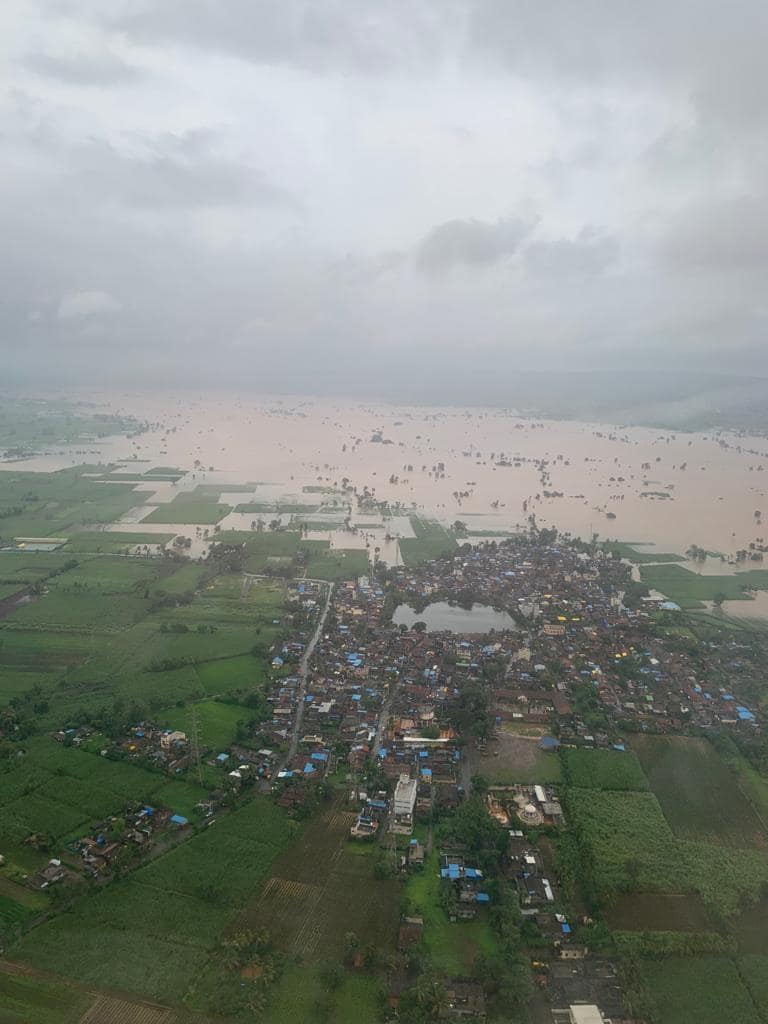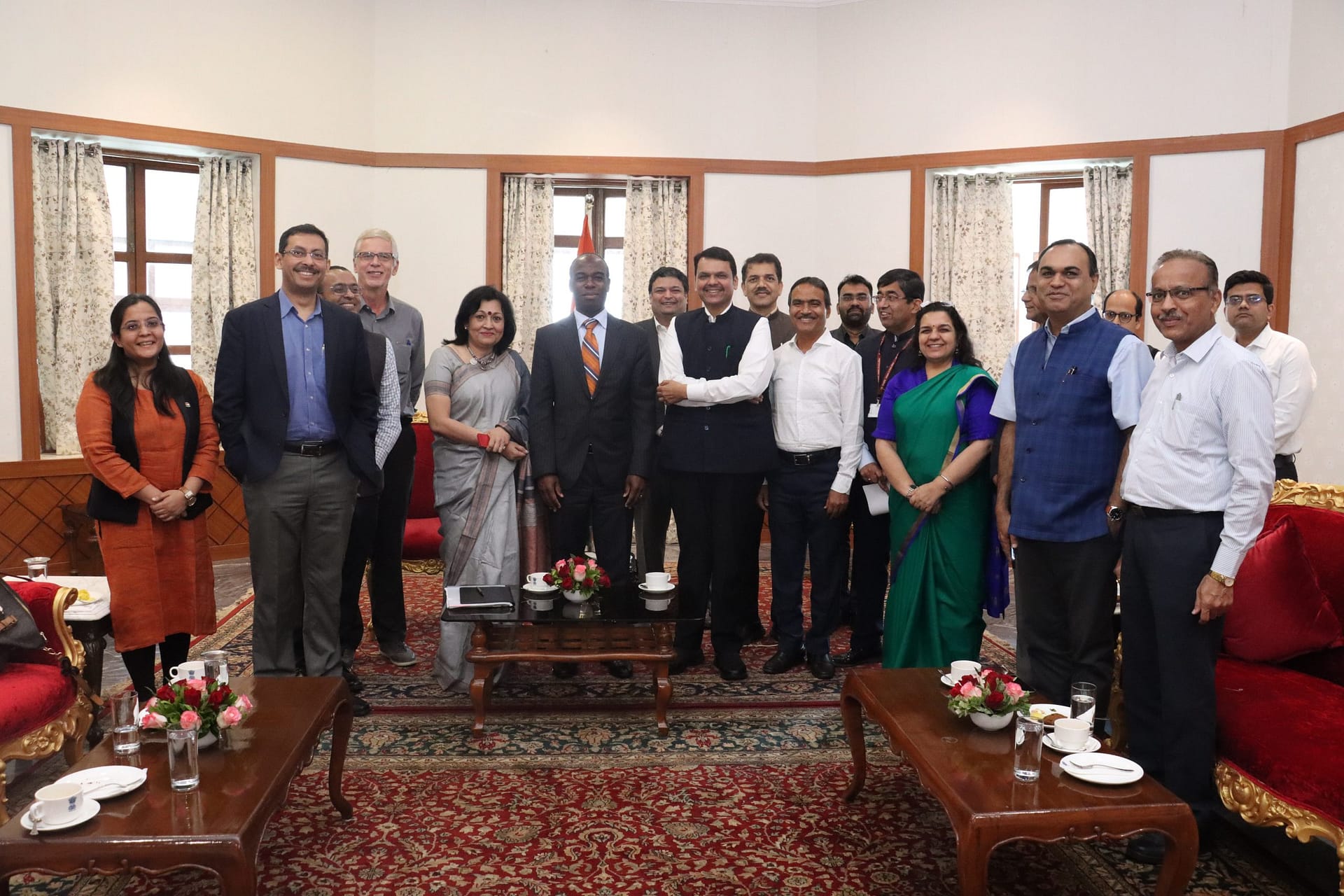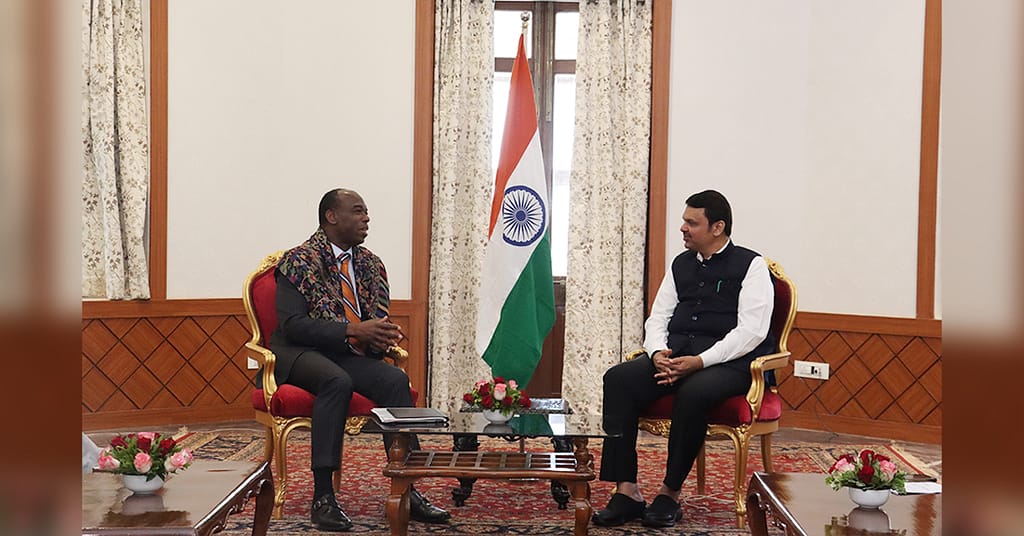The end of July is when rain fury strikes most in Maharashtra, and the 25th and 26th are among the most predicted dates. Statistics show a curious connection of these dates with major floodings that occurred in Maharashtra at least four times in the last two decades: the Mumbai flooding on July 26, 2005; the cyclone-led flooding in Sangli and Kolhapur on July 26, 2019; the series of floods in 13 districts in 2021; and the one in 2024 affecting several parts of the state. While geographical location and climate change are the main causes of rain mayhem in Maharashtra, rapid urbanization is also considered a major factor for floods, as has been seen in China several times. Devendra Fadnavis is the first CM to have allocated a dedicated budget toward developing a comprehensive flood management plan to ensure preparedness, prevention, and resilience through local participation, technology, and planning.

But when western Maharashtra reels under the devastating flood, the eastern part faces severe drought—two opposite extremes at the same time to create a double whammy for the government. However, where there is a will, there is a way. Under the visionary CM Fadnavis, the government of Maharashtra has undertaken an ambitious river interlinking program, which will bring solutions to both crises by transferring the excess floodwater from western Maharashtra to drought-hit eastern Maharashtra. This is a huge, expensive, and complex project for drought and flood solutions in the state; perhaps other CMs wouldn’t have thought of such a solution, but then Devendra Fadnavis has a history of envisioning big projects and implementing them successfully to achieve their objectives.

Another flagship water management project of his based on a similar concept, the Marathwada Water Grid project, which will divert water from western Maharashtra to Marathwada, is all set to start. After the 2019 floods, Devendraji had presented the concept of the Marathwada Water Grid Scheme to the World Bank and the ADB (Asian Development Bank). Under this scheme, the aim was to transport the excess monsoon water in western Maharashtra that usually flows into the sea to the reservoirs in Marathwada through underground pipes. The ADB, showing interest in financing the project, had sent its team to get the details on September 12, 2019. But later, there was a change of power in the state, with the Maha Vikas Aghadi government led by Uddhav Thackeray forming the government. As soon as Uddhav Thackeray came to power, he suspended all the ambitious projects undertaken by Devendra Fadnavis, including the Marathwada Water Grid Scheme. After Devendraji returned to power as the Deputy CM, he resumed talks with the World Bank for financing the Marathwada Watergrid project, and his efforts became successful.
The World Bank has agreed to invest Rs 2,328 crore in this project, while the state government will spend Rs 998 crore. Under this project, diversion of water from the rivers Bhima and Krishna will be made using state-of-the-art technology to the dams in Marathwada and then supply this water to the homes in this drought-prone region through an integrated water management system of piped networks. This project will be a game-changer for Marathwada, which has been facing a water crisis since the formation of Samyukta Maharashtra. The Marathwada Water Grid will meet the demand for water in homes and industrial needs in this region.

During Devendraji’s 1st term as the Chief Minister, he had promised that the next generation of Marathwada would not see drought. The big-ticket water management projects like Jalyukt Shivar 2.0 and Marathwada Water Grid Schemes, undertaken by him, show his strong will to live up to his promises. There is no doubt that the coming generation will recognize this great leader, who has worked tirelessly to turn Maharashtra from water-scarce to water-sufficient, as the Bhagirath of New Maharashtra!
Related articles:

